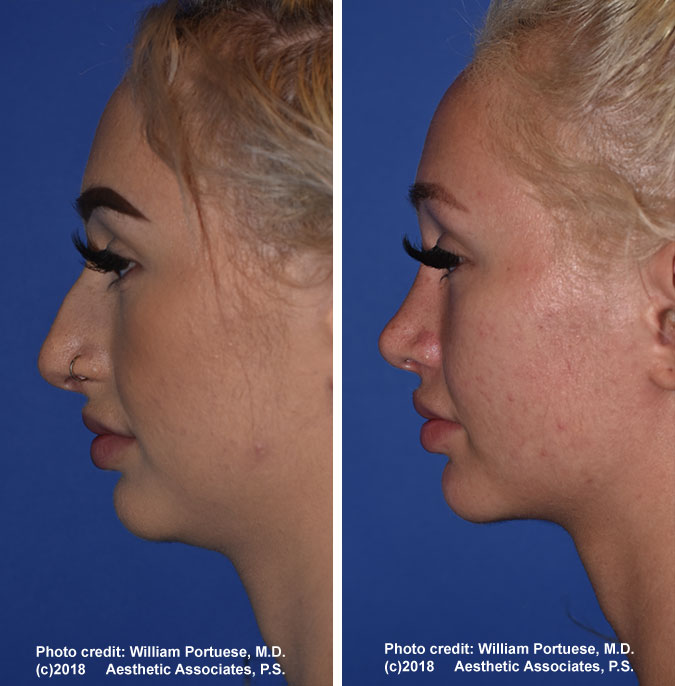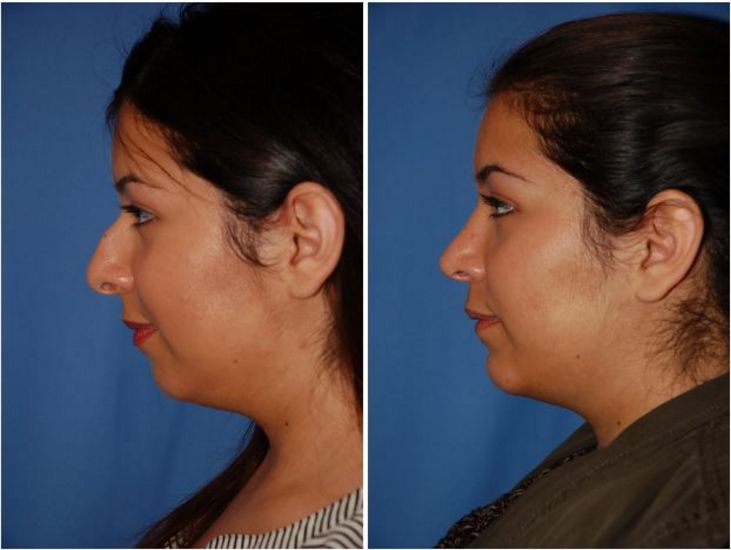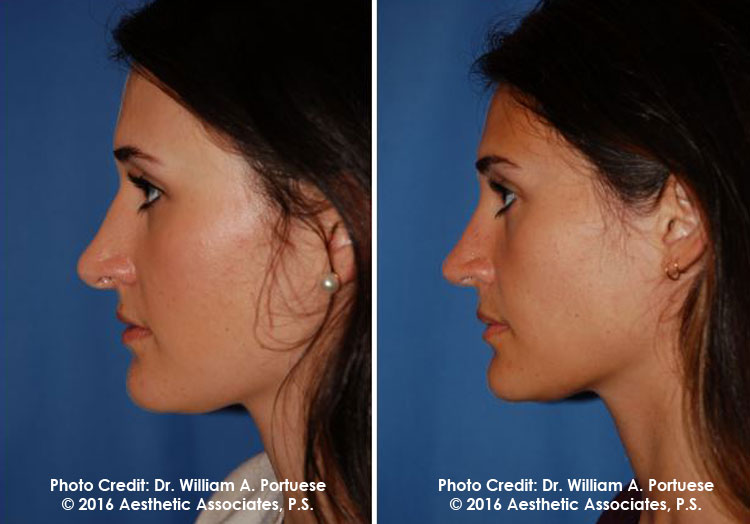medical clinic near me Portland Oregon
upon the daylight of the surgery, Dr. William Portuese reviews the surgical plot and computer imaging similar to the patient. Patients then meet the board ascribed physician anesthesiologist and are next admitted into our Medicare approved outpatient surgery center. In our surgical center, a rhinoplasty is always performed under general anesthesia for long-suffering safety and comfort. Nose surgery usually takes amongst one to two hours under the attend to handing out of the anesthesiologist. Dr. Portuese performs the entire surgery once a closed rhinoplasty get into and later applies a cast across the bridge of the nose that will stay in place for 6 days. Patients are taken to the recovery room where they will wake occurring from the anesthesia and subsequently go home next their caretaker. Recovery Time: Patients will have visible bruising and pustule for approximately 10-14 days after the procedure. The first postoperative visit is at one week subsequently the cast is removed and patients can see their initial results. There will also be followup appointments at one month, 3 months 6 months and one year.


